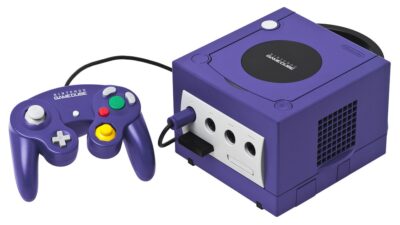When it comes to building or upgrading a gaming PC, one of the most critical components is the graphics card (GPU). Often referred to as the heart of a gaming setup, the GPU plays a pivotal role in rendering graphics and delivering a smooth, immersive gaming experience. Understanding the ins and outs of graphics cards can help you make an informed decision that aligns with your gaming needs and budget.
What is a Graphics Card?
A graphics card is a specialized piece of hardware designed to accelerate the rendering of images and video. It offloads these tasks from the CPU, allowing for faster processing and better performance in graphically demanding applications, such as video games. The GPU is the main component of the graphics card, working in tandem with other hardware components, such as video memory (VRAM) and cooling systems.
Key Specifications to Consider
When selecting a graphics card, several specifications will influence performance:
1. GPU Architecture
- Different architectures offer varied performance and efficiency. Major players like NVIDIA and AMD frequently release new architectures that improve power consumption and graphic fidelity.
2. VRAM (Video RAM)
- VRAM is crucial for storing textures and images processed by the GPU. For modern gaming, 4GB to 8GB of VRAM is generally recommended, with high-resolution gaming or intensive applications requiring 10GB or more.
3. Clock Speed
- Measured in MHz, the clock speed of a GPU indicates how fast it can process information. Higher clock speeds usually translate to better performance, but they must be considered alongside VRAM and architecture.
4. CUDA Cores and Streaming Processors
- CUDA cores (NVIDIA) and stream processors (AMD) are the units that perform the computations. More cores typically mean better performance, especially in parallel processing scenarios common in modern gaming.
5. Thermal Design Power (TDP)
- TDP reflects the maximum amount of heat generated by a GPU. Lower TDP cards are generally cooler and quieter, which is especially important for compact builds and systems without robust cooling solutions.
6. Ray Tracing and AI Features
- Modern GPUs often support ray tracing and AI-enhanced features for improved visuals and performance. While demanding, these technologies greatly enhance realism in gaming.
Choosing the Right GPU for Your Needs
1. Gamer Type
- Casual Gamers: If you play games like Fortnite, League of Legends, or other less demanding titles, a mid-range GPU (like NVIDIA’s GTX 1660 Super or AMD’s RX 5600 XT) may suffice.
- Enthusiast Gamers: For those tackling more demanding titles at 1080p or 1440p, consider cards like the NVIDIA RTX 3060 or AMD RX 6700 XT.
- Hardcore Gamers and Content Creators: If you play at 4K or use the GPU for rendering and streaming, look at high-end options like the NVIDIA RTX 3080 or AMD RX 6800 XT.
2. Budget Considerations
- Graphics cards can range from affordable budget options to high-end models that cost thousands. Determine your budget first, keeping in mind that prices can fluctuate significantly based on demand and supply.
3. Future-Proofing
- Consider how long you want your GPU to last. Investing in a more powerful card today can save you from needing an upgrade for a few more years, especially as gaming technology advances.
4. Compatibility
- Always ensure that your chosen graphics card is compatible with your motherboard and that your power supply can handle its requirements. Check the physical space in your case as well; some high-end GPUs are quite large.
Conclusion
Choosing the right graphics card is essential for crafting a high-performing gaming PC. With several factors to consider, including GPU architecture, VRAM, and your personal gaming habits, thorough research will empower you to make an informed decision. Whether you aim for casual gaming or want to push the limits of modern graphics technology, a well-chosen GPU will significantly enhance your gaming experience, making it an investment worth considering.



